Remote Work Tools: A Comprehensive Guide to Boosting Productivity
In today’s digital age, remote work has become more prevalent than ever before. With advancements in technology and changing work dynamics, businesses and employees alike are embracing remote work arrangements to stay productive and connected from anywhere in the world. However, for remote work to be successful, having the right tools at your disposal is essential. In this comprehensive guide, we’ll explore a range of remote work tools designed to boost productivity and streamline collaboration in remote work environments.
- Communication Tools: Effective communication lies at the heart of remote work success. Fortunately, there is no shortage of communication tools available to facilitate seamless collaboration among remote teams. From instant messaging platforms like Slack and Microsoft Teams to video conferencing solutions such as Zoom and Google Meet, these tools enable teams to communicate in real-time, share updates, brainstorm ideas, and foster a sense of camaraderie despite physical distance.
- Project Management Software: Keeping track of tasks, deadlines, and project milestones can be challenging in remote work settings. That’s where project management software comes in handy. Tools like Asana, Trello, and Monday.com provide teams with centralized platforms to organize projects, assign tasks, set priorities, and track progress in a transparent and efficient manner. With features like task lists, kanban boards, and Gantt charts, these tools empower teams to stay organized and on track, no matter where they’re located.
- Collaboration Platforms: Remote work often requires teams to collaborate on documents, spreadsheets, and presentations in real-time. Collaboration platforms like Google Workspace (formerly G Suite), Microsoft Office 365, and Dropbox Paper make it easy for teams to co-author documents, share files, and provide feedback collaboratively. With cloud-based storage and version control features, these platforms ensure that everyone is working off the same page and has access to the latest updates at all times.
- Time Tracking and Productivity Tools: Maintaining productivity and accountability in remote work environments can be challenging without the structure of a traditional office setting. Time tracking and productivity tools like Toggl, RescueTime, and Clockify help remote workers stay focused and on task by tracking their time spent on different activities, analyzing productivity trends, and identifying areas for improvement. These tools can also be useful for managers to monitor team performance and identify potential bottlenecks or areas where additional support may be needed.
- Virtual Whiteboarding and Collaboration Tools: Brainstorming and ideation are essential aspects of remote work, but traditional whiteboards and in-person meetings are not always feasible. Virtual whiteboarding and collaboration tools like Miro, MURAL, and Lucidspark provide digital canvases for teams to brainstorm ideas, create mind maps, and visualize concepts collaboratively. With features like sticky notes, drawing tools, and interactive templates, these tools enable remote teams to unleash their creativity and drive innovation, regardless of physical distance.
In conclusion, the right remote work tools can make all the difference when it comes to boosting productivity, fostering collaboration, and ensuring success in remote work environments. By leveraging communication tools, project management software, collaboration platforms, time tracking tools, and virtual whiteboarding tools, remote teams can overcome the challenges of distance and work together effectively to achieve their goals. Whether you’re a seasoned remote worker or new to the world of remote work, investing in the right tools can help you unlock your full potential and thrive in the remote work landscape of today and beyond.


